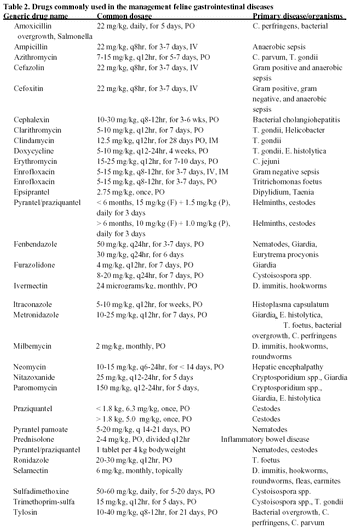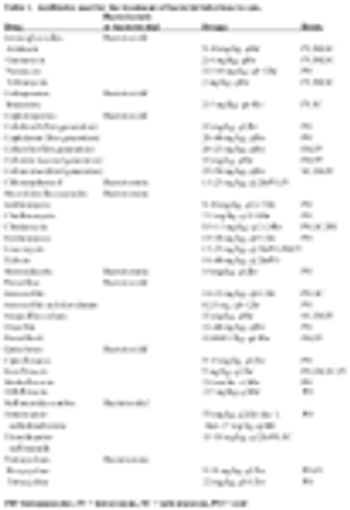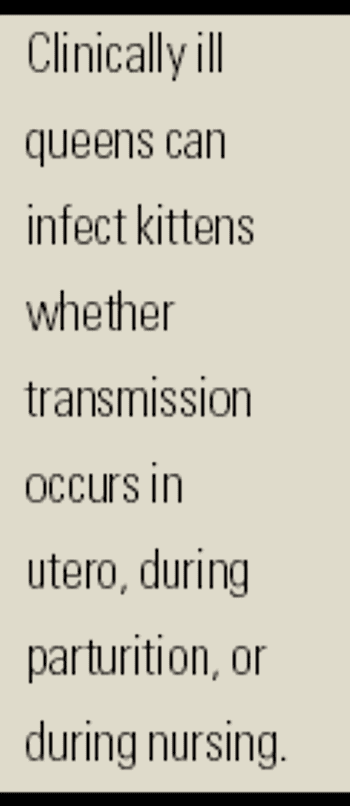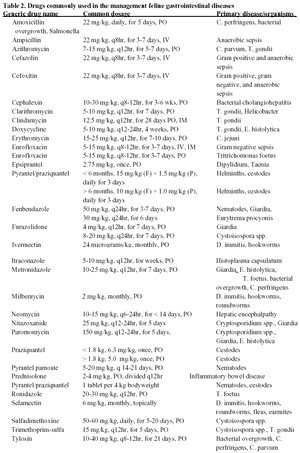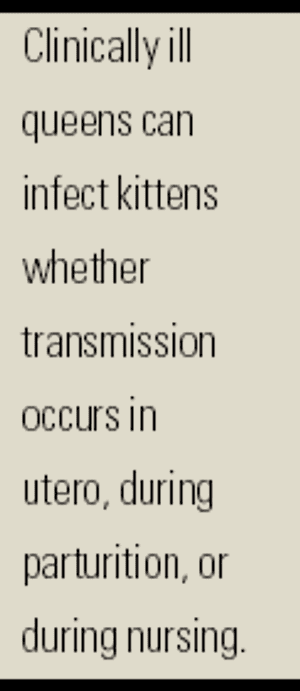
The 2 major differentials for elevated body temperature (> 102.5 F) are fever (pyrexia) and hyperthermia. Hyperthermia results from increased muscle activity, increased environmental temperature, or increased metabolic rate (i.e. hyperthyroidism). Fever develops when the thermoregulatory set point in the hypothalamus is increased, resulting in increased body temperature from physiologic mechanisms inducing endogenous heat production or heat conservation.

